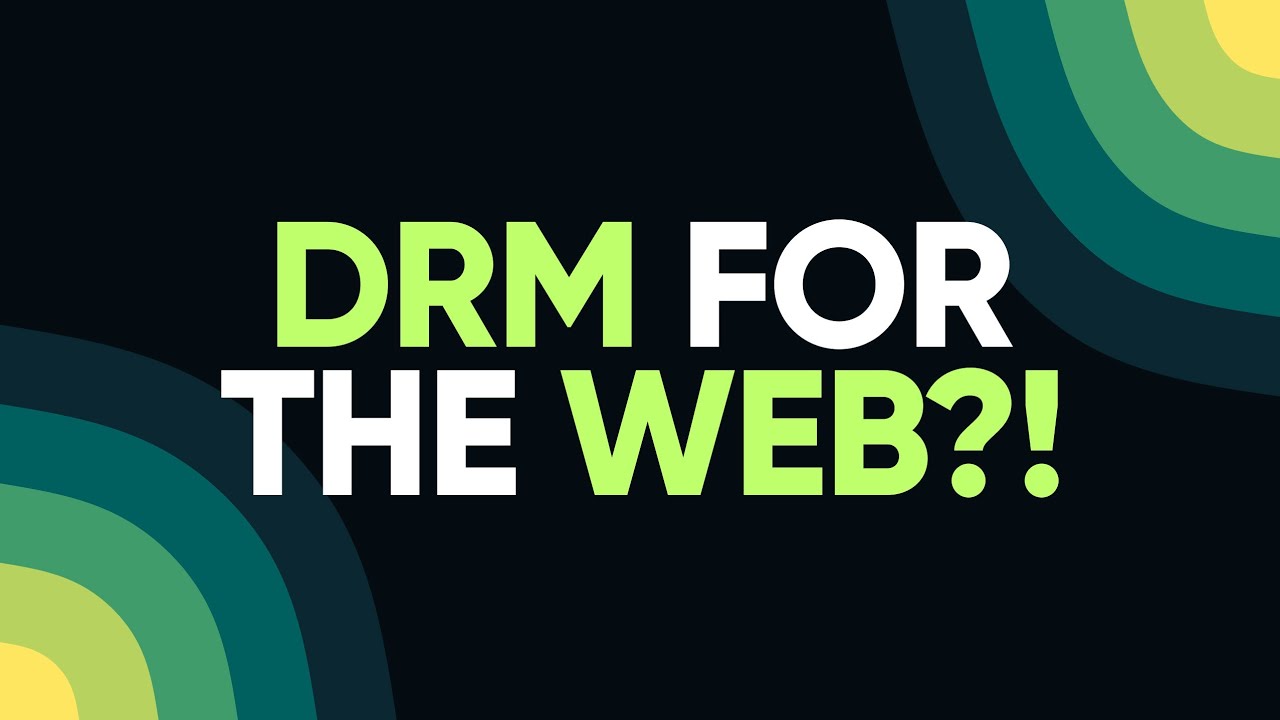1.15K
https://news.ycombinator.com/item?id=36817305
https://github.com/RupertBenWiser/Web-Environment-Integrity
https://youtu.be/fAFlI4jZ4uc
https://arstechnica.com/gadgets/2022/12/chrome-delays-plan-to-limit-ad-blockers-new-timeline-coming-in-march/
🔵 Cheesy mugs & t-shirts: https://bit.ly/rossmannstore
👉 Rossmann chat: https://tinyurl.com/rossmatrix
👉 Equipment used:
🔵 Chair: https://amzn.to/3MjLrnT
🔵 Microphone: https://amzn.to/3g1hsok
🔵 Mic stand: https://amzn.to/3Vg47ZI
🔵 Audio interface: https://amzn.to/3VuKihx
🔵 Camera: https://amzn.to/3CTk1Av
🔵 Lighting: https://amzn.to/3RSriGC
👉 Stream FAQ: https://store.rossmanngroup.com/faq.txt
👉 Affiliate:
› Buying on eBay? Support us while you shop! https://www.rossmanngroup.com/ebay
› Rossmann Repair Group Inc is a participant in the Amazon Services LLC Associates Program, an affiliate advertising program designed to provide a means for sites to earn advertising fees by advertising and linking to amazon.com
👉 Leave a tip for us via cryptocurrency if we've helped you out:
› Credit card: http://bit.ly/postamessage
› Bitcoin: 1EaEv8DBeFfg6fE6BimEmvEFbYLkhpcvhj
› Bitcoin Cash: qzwtptwa8h0wjjawr5fsm0ku8kf40amgqgm6lx4jxh
› Dash: XwQpZuvMvU44JT7C7Uh6xHvkSadzJw9fMN
› Dogecoin: DKetsoCvwa2hF29ssgUA4Wz4hxT4kj3KLU
› Ethereum: 0x6f6870feb48f08388ee345cf0261e2f03d2fa310
› Ethereum classic: 0x671bfd61ba87edf6365c97cea33d66ba73645510
› Litecoin: LWnbTTAjojZQt68ihFJFgQq3cYHUsTcyd7
› Verge: DFumZ5sMhi3JktLQpsTVtV9xUt3zKDrcZV
› Zcash: t1Ko3FkphQYoQroQc8k2DVk4WKMAbmNR8PH
› Zcoin: a8QdvArHmdRYe1MjiqtP6jDNe6Z4JgnRKZ



The proposal’s explainer dances around the fact that it can be used for that.
Combine them and you have an anti-adblocking feature.
And the second and forth points are already solved using client certificates.